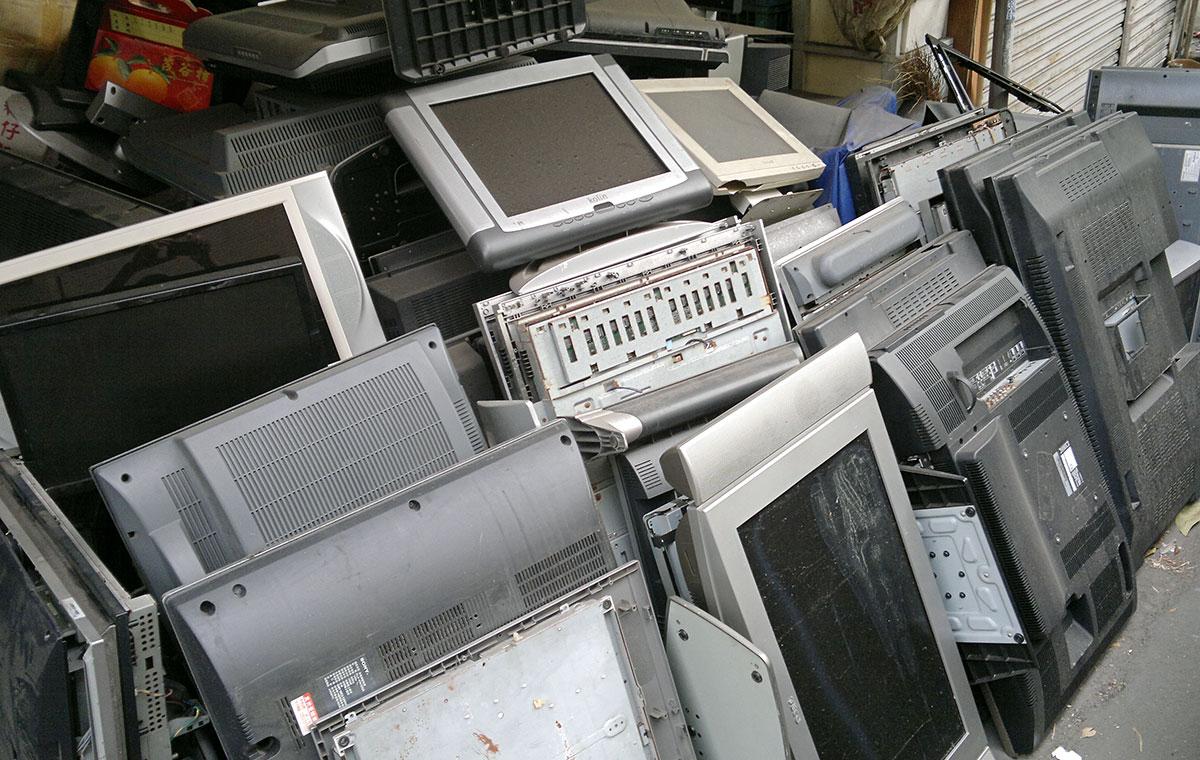A recast of the Persistent Organic Pollutants (POPs) (2019/1021) EU Regulation has been adopted that will impact costs for many WEEE producers selling B2C products. POPs were used as a fire retardant in the manufacture of plastic for EEE (electrical and electronic equipment) in previous years, although their use has now been phased out.
Unless destroyed or irreversibly transformed, POPs persist in the environment and are known to bioaccumulate, entering our ecosystem and accumulating into food chains. This means they are a risk to not only the environment but human health.
The Industry Council for Electronic Equipment Recycling (ICER) have reported that POPs found in WEEE reaching treatment facilities are far more prevalent than originally thought. ICER even found some WEEE plastics exceeding the legal limit for POPs, for example in display equipment.
New hazardous classification
What does this mean for recyclers? Essentially, plastics containing POPs originating in WEEE must have the POP-PBDE (polybrominated diphenyl ethers) containing fraction separated and destroyed or transformed.
Following the ICER report the Environment Agency has issued guidance for how waste containing POPs should be treated since it is now classified as hazardous waste. This new clarification came into effect immediately, resulting in increased treatment costs for common items of WEEE.
It is not yet known how much additional funding and infrastructure will be required to treat this waste as the full impact is not yet known. The first problem confronting treatment facilities is how to identify WEEE that contains POP’s to ensure it is not recycled, recovered, reused or reclaimed with non-POPs containing material, avoiding further contamination.
Waste management processes must then be in place to adequately destroy, or irreversibly transform, POPs within the material. Stricter controls must also be adhered to that impact the consignment and administration of waste treatment and a sophisticated update in Duty of Care is required.
Impacts on EEE producers
New European regulations came into force on 16 July that lowered the threshold limit for POP-PBDEs from 2,000mg/kg to 1,000mg/kg. It is set to reduce by half again to 500mg/kg by 16 July 2021. Ultimately, a significant increase in the cost to recycle WEEE is expected.
This will in turn not only impact B2C producers who are required to purchase WEEE recycling evidence to comply with the regulations, but also B2B producers whose products fall under the Dual Use categorisation (meaning they produce a B2B product that also has B2C applications).
Knowing how much these costs will increase by is not yet known, something all compliance schemes will be watching closely. B2B Compliance will be communicating likely impacts to members as soon as they are known. If you have any questions, please do not hesitate to contact us.


